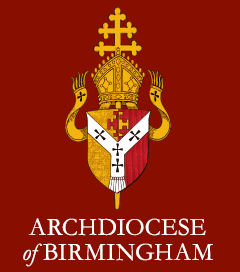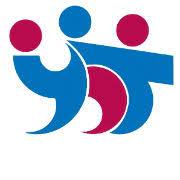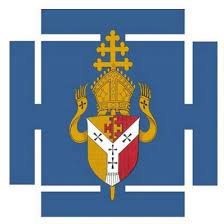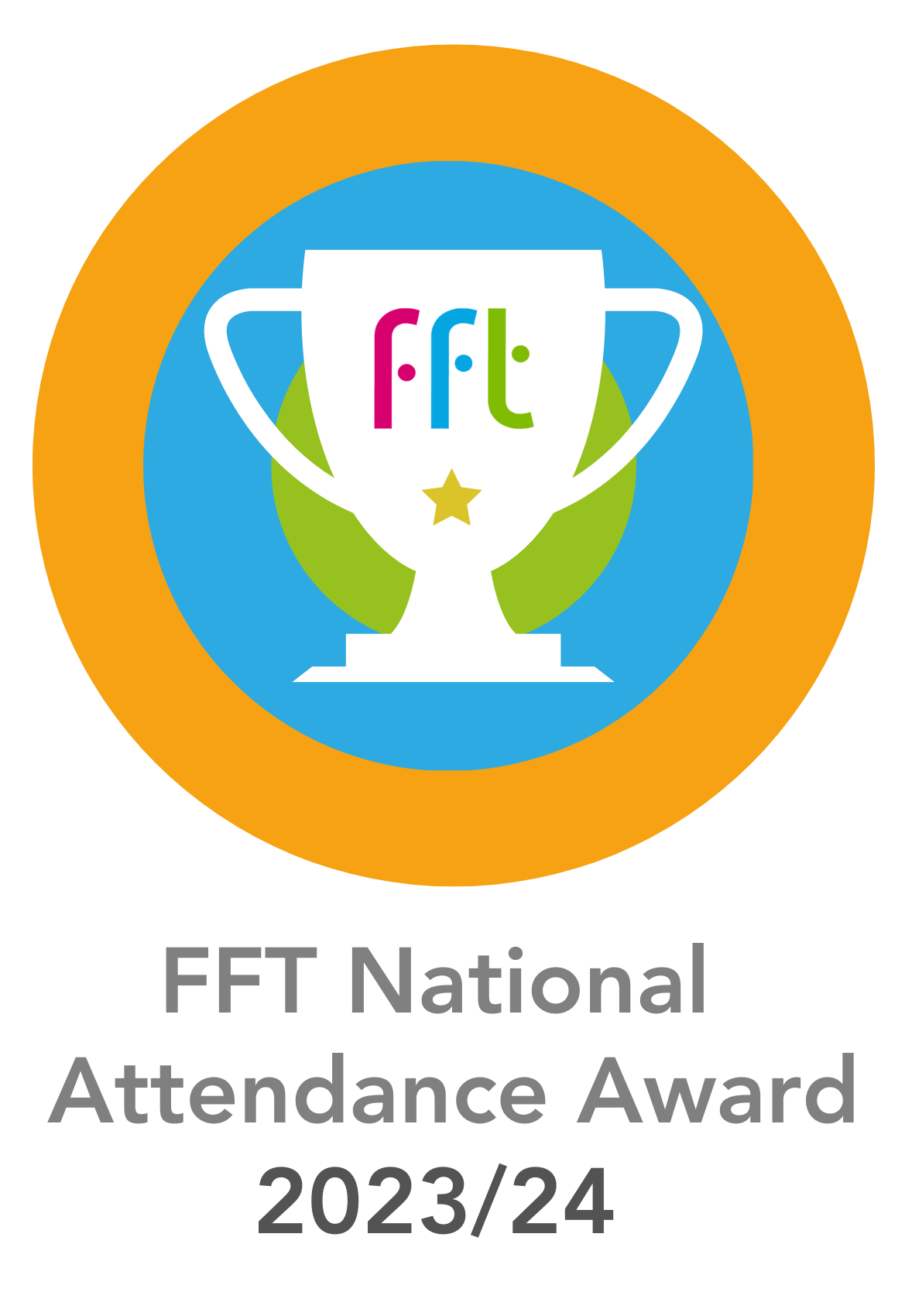Art
Aims of the department
Art is both a vocational and academic course, providing all students with a good foundation for a career in Art and associated creative industries. It also provides a whole host of transferable skills relevant to other subjects and careers.

Art is used to communicate aesthetic, intellectual and conceptual ideas and meaning, as well as serving as a practical or commercial function. Student’s work is the outcome of personal experiences, thoughts, observations of people, places and things. They will demonstrate an understanding and application of the formal elements and creative skills and will use visual communication sensitively and thoughtfully to document their artistic journey and fully support their intentions. They will learn how to record ideas, observations and insights relevant to their intentions in visual and/or other forms. They will develop their ideas through investigations informed by contextual and other sources, demonstrating analytical and cultural understanding. Ideas will then be refined through experimenting and selecting appropriate resources, media, materials, techniques and processes. Final outcomes will be presented in a personal, informed and meaningful response demonstrating analytical and critical understanding realising intentions and, where appropriate, making connections between visual, written, oral or other elements.
Curriculum Coverage
Both Key Stage 4 and 5 are assessed using the same Assessment Objectives and therefore we use these within Key Stage 3 for continuity, development and refinement opportunities. These are; 1) develop ideas through investigations, 2) refine their work by exploring ideas, selecting and experimenting with appropriate media, 3) record ideas, observations and insights relevant to intentions and 4) present a personal and meaningful response that demonstrates an understanding of visual language.
KEY STAGE 3
All students at KS3 are taught Art skills, knowledge and understanding which underpins their ability to complete work at GCSE and A Level standard. KS3 students are assessed using the GCSE Assessment Objective (AO) Rubrix (Edexcel) throughout each Topic and are encouraged to use the assessment language.
- The AO’s are to Develop, Refine, Record and Present and these are used to structure each KS3 Topic so that GCSE students are already familiar with the expected Topic format.
- The FAR sheets in Art are also structured around the GCSE AOs and students are able to see a clear visual view of their progress, page by page, as well as receive clear feedback on how to move their own personal Art development forwards.
- The ‘bigger picture’ of understanding Art and the embedding practice into long term memory of the skills, knowledge and understanding is fundamental to student’s progress. Therefore the following concepts are covered and reviewed yearly; The Formal Elements and Principals of Art and Design, Materials (and refinement), Understanding Assessment Objectives/Personal Reflection, The Analysis of Art and the Development of both an idea and a material. We explicitly teach these concepts throughout each year.
- We learn to RECORD in Year 7, DEVELOP in Year 8 and REFINE in Year 9. Allowing the students to build across the 3 years on the foundation laid out in Year 7.
- We have 46 different project ideas, many interlinking that we can use to teach.
- By the end of each year AWS/DC will cover the Formal Elements and Visual Principles.
- By the end of each year AWS/DC will cover the following processes/techniques – Annotation, Art History, pencil, watercolour, paint, oil pastel, coloured pencil, Computer Aided Art, Photography, Ceramics, Sculpture and Printmaking.
- We will teach students how to annotate and analyse their own and others’ art work.
- We have an overarching BIG PICTURE that we display at the top of our PPTs alongside the LEARNING QUESTION. We encourage student’s to answer the set Learning Question as well as challenge themselves to set their own LQ as they partake to personalise the tasks.
KEY STAGE 4
We aim to give a clear structure to the course whilst giving lots of room for creativity and challenging students to develop new ideas. Students are introduced to artwork from a wide variety of times and places and are encouraged to develop a critical vocabulary so that they can discuss their ideas articulately. They are encouraged to create a personal portfolio using Assessment Objectives as a structure. Students can follow one or two pathways; Fine Art or Photography. Fine Art students are taught more advanced techniques in drawing, painting, photography, 3D work, alternative and mixed media. Photography students develop their skills in recording from a range of sources and the ability to communicate the formal elements. They further explore the functions of the digital camera and editing applications.
KEY STAGE 5
Students are given the opportunity to refine their skills through both Fine Art and Photography courses. Year 12 begins with a six week induction period which aims to ease the transition between GCSE and A Level and which gives students a broad introduction to contextual understanding and professional practice whilst encouraging students to experiment with unfamiliar materials and techniques. They will then refine their ideas and processes, choosing their own topic to develop into their A Level Personal Portfolio. Year 13 is a time for students to develop in sophistication. We challenge students to demonstrate real expertise in their chosen specialism as well as giving the opportunity to lean new skills. Their work is completely self-directed, supported by workshops and weekly tutorials with teachers. Our students are highly organised and disciplined.
We aim to develop imaginative, confident and skilled students who have the maturity and judgement to work independently. Their work is supported by workshops, gallery visits and trips and is a lot of fun.





